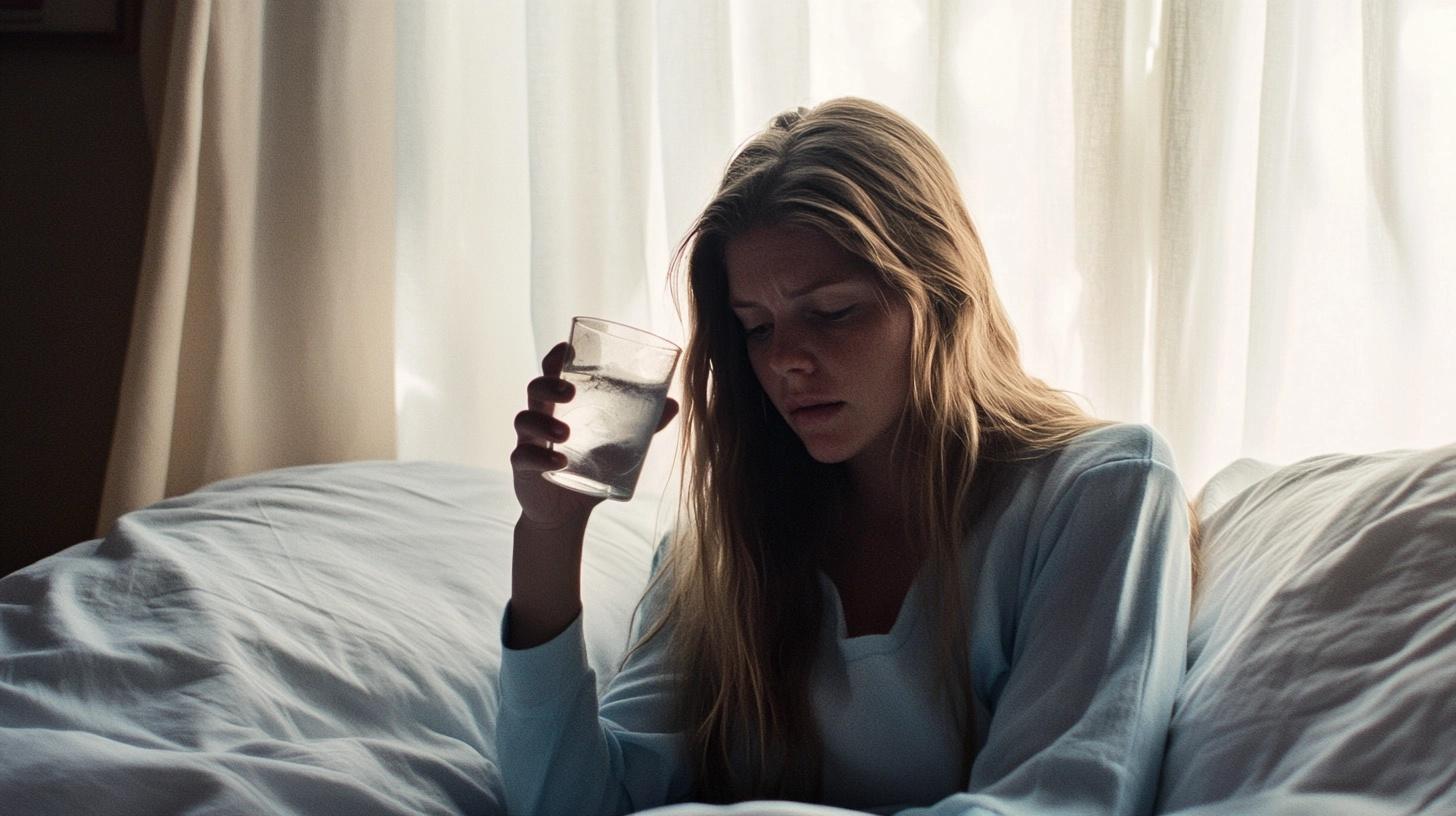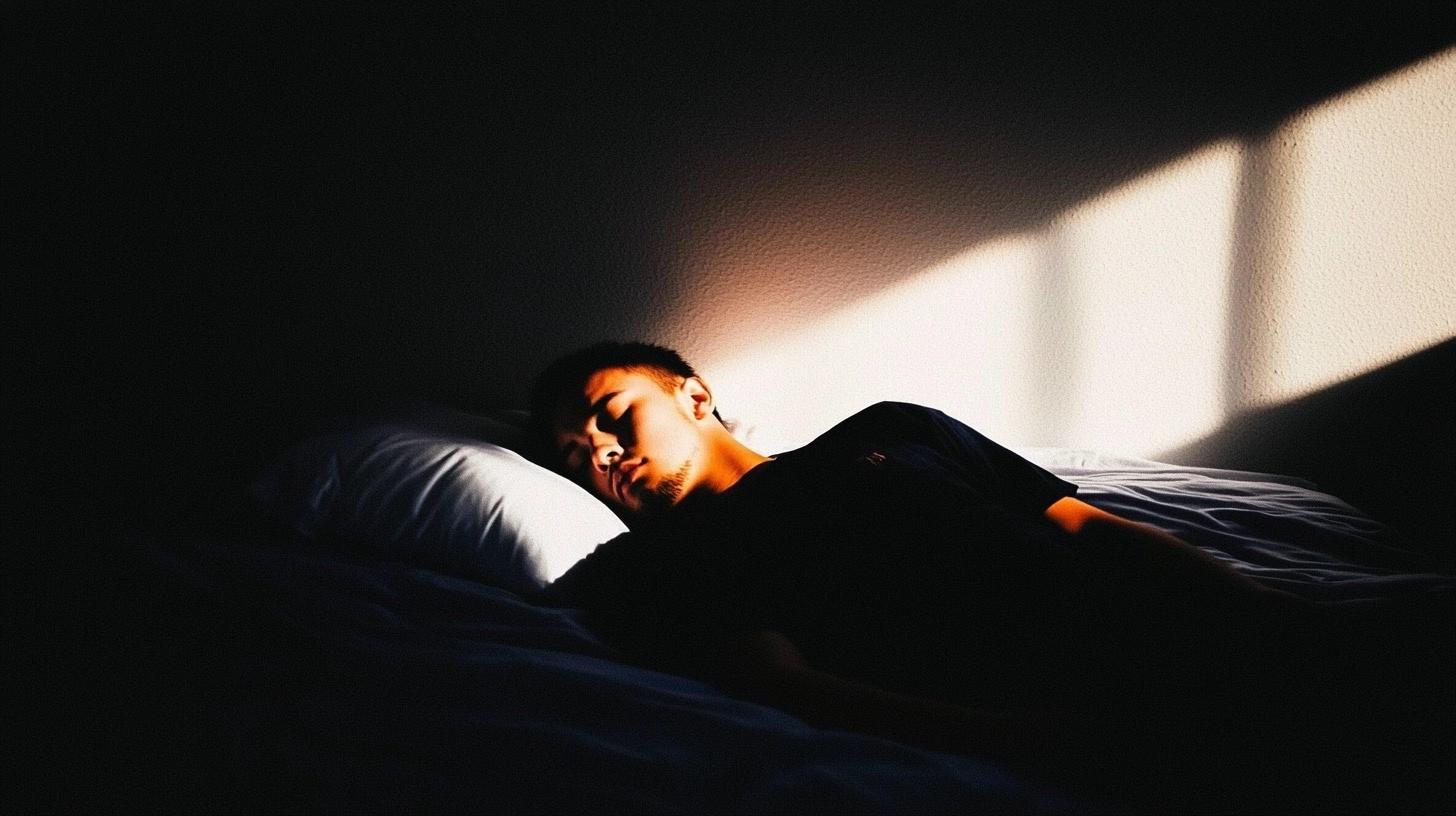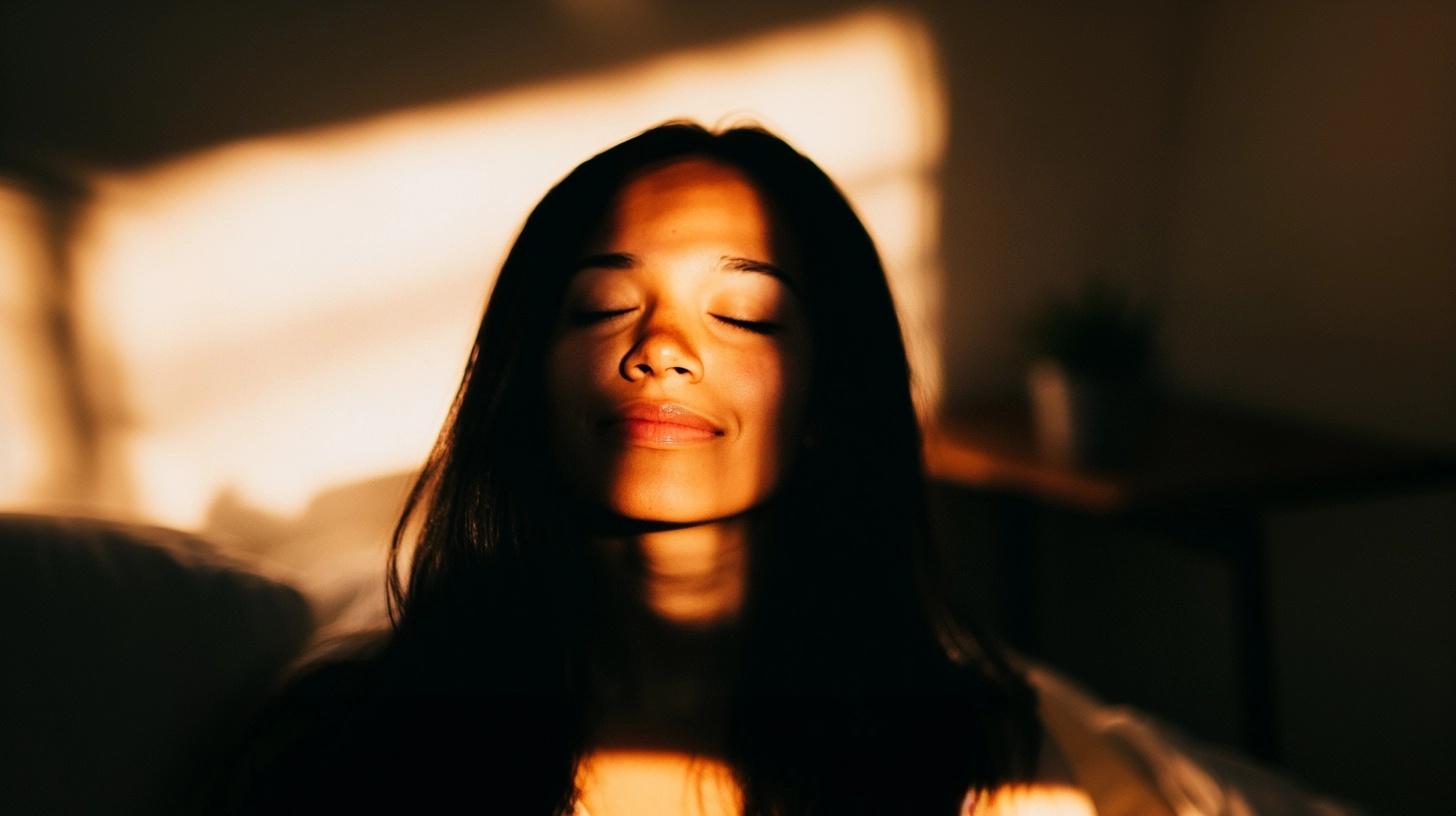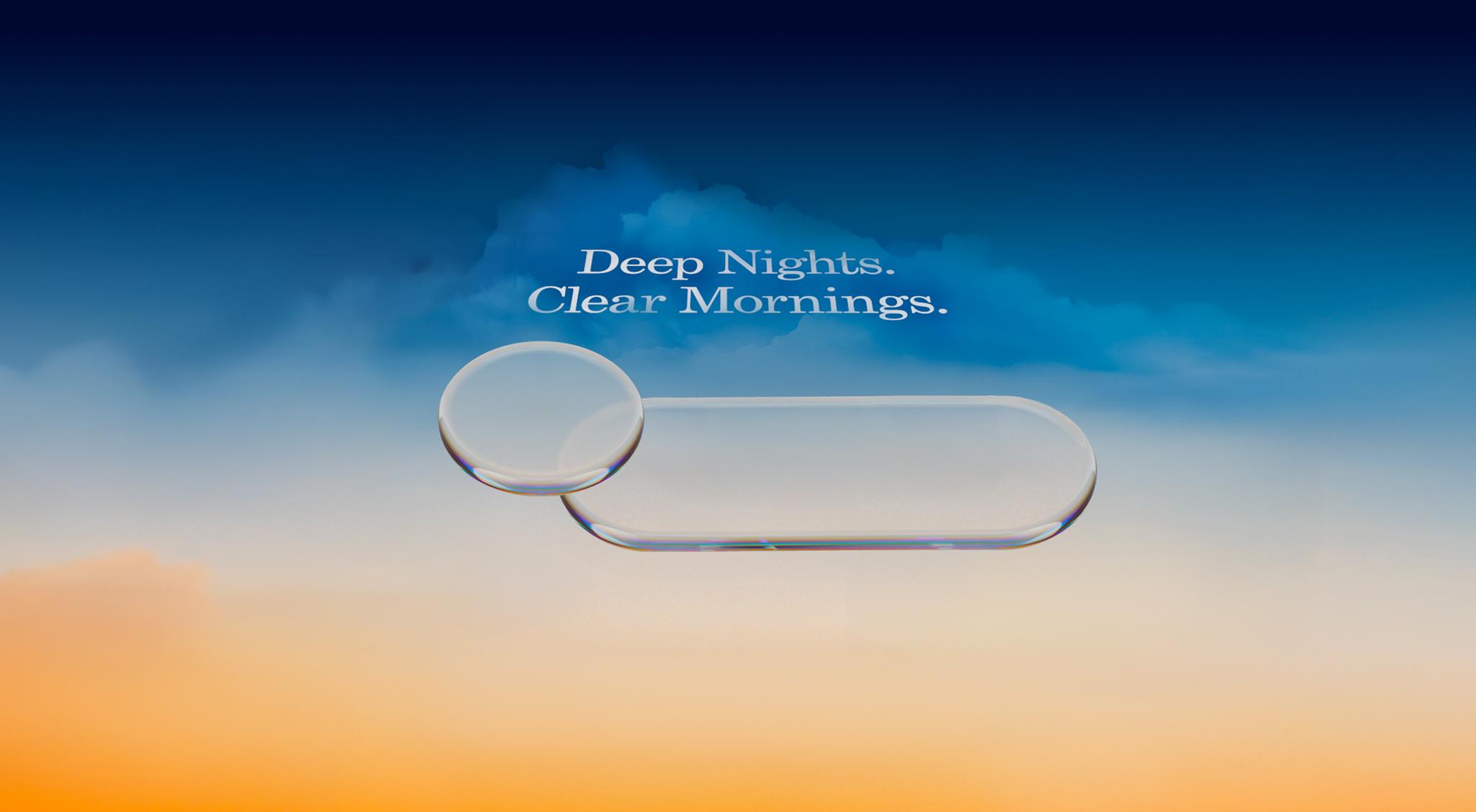Sleep in extreme environments
Published
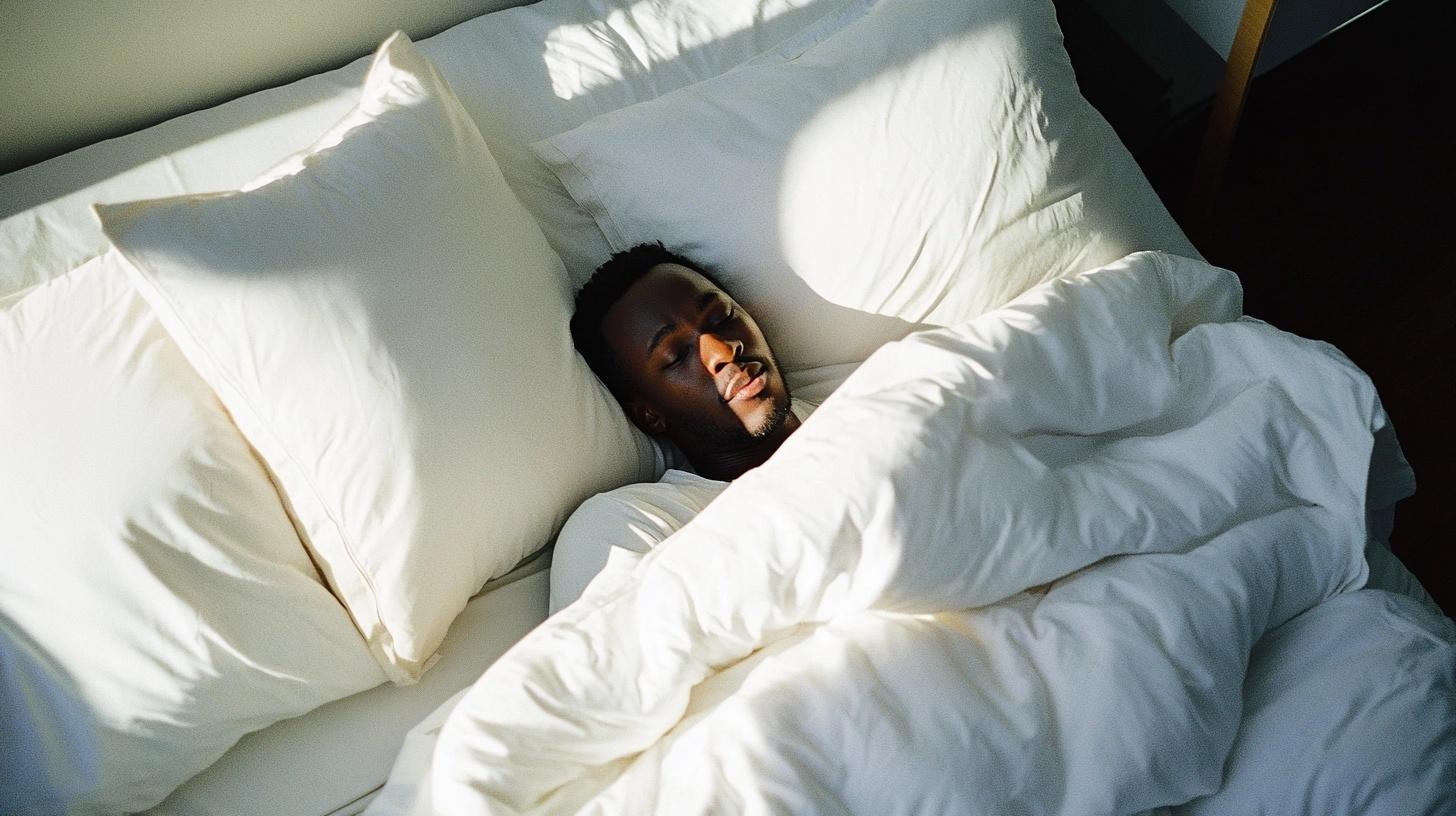
We all need to sleep – but how do we cope when circumstances make this a challenge? Join us as we look at how we sleep in some of the most extreme environments and situations on – and off – our planet.
Sleeping in a combat zone
In combat, soldiers are exposed to extreme stress – and just like in ‘normal’ life, getting insufficient sleep can lead to the same health problems. Now, in our everyday lives, short-term sleep deprivation might cause nothing worse than a light headache or maybe some irritability towards colleagues and family. In the long-term, more serious problems can develop. However, the risks associated with sleep deprivation in a combat zone can literally be deadly.
In World War 2, many military commanders believed in the ‘four-hour rule’. Basically, this was based on the belief that troops in combat situations should be able to function optimally on four hours sleep per twenty-four hour period. Nowadays, we’re a lot smarter and it’s universally accepted that this strategy led to poor judgement and weakened cognitive ability, neither of which make combat an easier or less traumatic experience.
So just how do soldiers sleep in this situation? Basically, by breaking a few of the golden rules for a good night’s sleep. Firstly, they try not to get too comfortable as this will lead to deep sleep. This way they can be ready for action quickly, should this be required. Unlike normal sleep, soldiers in combat sleep in close proximity to others. Again, this stops them from following into a deep sleep. Sleep on the battlefield takes place in rotating periods of four to five hours – something many combat veterans liken to the sleep patterns we develop when we have a new baby to take care of. The constant noise of combat no doubt also affects the ability to fall asleep – something that doesn’t trouble our next example of extreme sleepers.
Polar exploration and sleep
Polar exploration is one of mankind’s ultimate tests of endurance. It’s also a test of our ability to rest. Obviously, if you’re planning to drag a sledge with hundreds of pounds of equipment over uneven, frozen terrain for three months, every ounce of energy counts and getting the best quality sleep possible can have a profound effect on this.
Before we look at how explorers cope, consider some of the obstacles they need to overcome. Extreme, biting cold must somehow be kept at bay. In the Arctic or Antarctic summer, it’s light for 20 hours a day. At the same time, sleeping on these huge ice fields is not without drama. At night the ice shifts and cracks, enough to wake even the deepest sleeper – and don’t forget the polar bears that roam the Arctic ice. Could you get a good night’s sleep in those conditions? Well, apart from the obvious one about putting these scary thoughts to the back of your mind every night for three months, here are some sleeping tips from some of these hardy souls. Perhaps it’s no surprise that they all prioritise not freezing!
- Insulate the body well from the cold air by sleeping on layers of foam pads that reduce the loss of conductive heat into the frozen ice below.
- Use a three-layer sleeping bag system – one to reduce vapour and moisture, one to lock in warmth and an outer synthetic bag to further insulate.
- Fill a bottle with warm water and use it to keep your feet warm.
- Last but not least – keep your hat on!
Sleep in The Final Frontier
We’ve all watched countless hours of science fiction – but how often have we seen Darth Vader or Captain Kirk get their head down for a good night’s sleep? The fact is our experience of sleep in space is still very much a work in progress. However the brave men and women who crew the International Space Station have given us some valuable insights into how human beings sleep in this off-world environment.
Imagine trying to sleep in a weightless world with no up or down, as we understand it. In the early space missions, astronauts simply hooked their sleeping bags to a secure point and floated themselves asleep, which actually sounds rather pleasant. However, conditions in orbit have improved and these days on the ISS, most crew members sleep in a small individual cabin. These are private, soundproofed and well-ventilated – a requirement, as a bubble of exhaled carbon dioxide can form around the astronaut’s head leading to breathing issues.
Astronauts work, rest, eat and sleep to a strict daily time plan. This is necessary as they experience 16 sunsets and 16 sunrises every 24 hours on ISS – which could be a challenge for your Circadian rhythm. Each crew member has eight hours of scheduled sleep per 24-hour period and an interesting detail is the fact that weightlessness means that no pillow is required to support the head, a sensation that sounds quite relaxing but must take a little getting used to!

